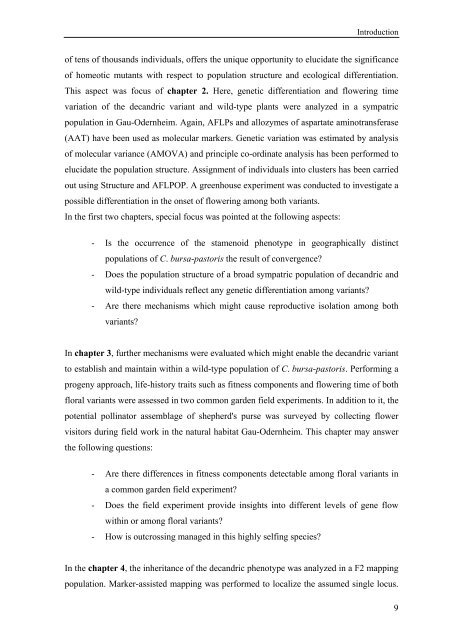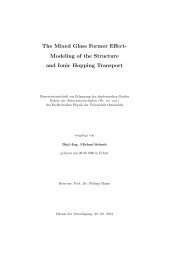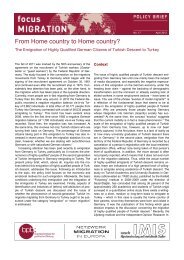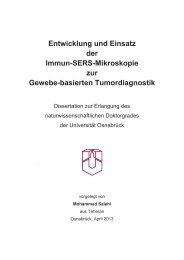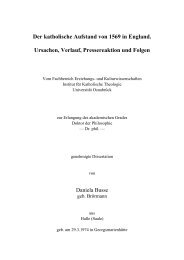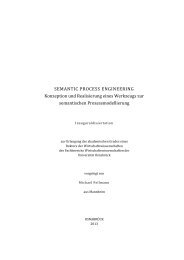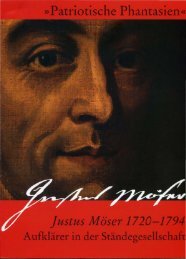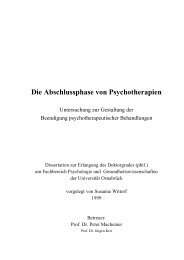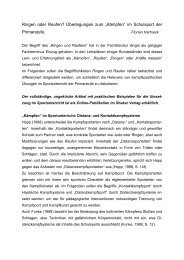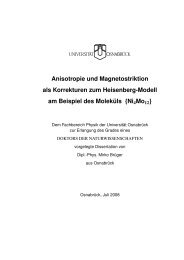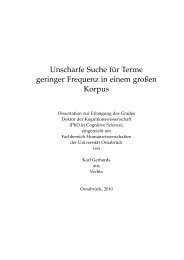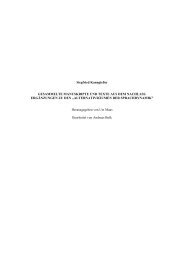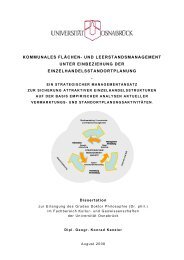'STAMENOID PETALS' IN A NATURAL HOMEOTIC VARIANT OF
'STAMENOID PETALS' IN A NATURAL HOMEOTIC VARIANT OF
'STAMENOID PETALS' IN A NATURAL HOMEOTIC VARIANT OF
You also want an ePaper? Increase the reach of your titles
YUMPU automatically turns print PDFs into web optimized ePapers that Google loves.
Introduction<br />
of tens of thousands individuals, offers the unique opportunity to elucidate the significance<br />
of homeotic mutants with respect to population structure and ecological differentiation.<br />
This aspect was focus of chapter 2. Here, genetic differentiation and flowering time<br />
variation of the decandric variant and wild-type plants were analyzed in a sympatric<br />
population in Gau-Odernheim. Again, AFLPs and allozymes of aspartate aminotransferase<br />
(AAT) have been used as molecular markers. Genetic variation was estimated by analysis<br />
of molecular variance (AMOVA) and principle co-ordinate analysis has been performed to<br />
elucidate the population structure. Assignment of individuals into clusters has been carried<br />
out using Structure and AFLPOP. A greenhouse experiment was conducted to investigate a<br />
possible differentiation in the onset of flowering among both variants.<br />
In the first two chapters, special focus was pointed at the following aspects:<br />
- Is the occurrence of the stamenoid phenotype in geographically distinct<br />
populations of C. bursa-pastoris the result of convergence?<br />
- Does the population structure of a broad sympatric population of decandric and<br />
wild-type individuals reflect any genetic differentiation among variants?<br />
- Are there mechanisms which might cause reproductive isolation among both<br />
variants?<br />
In chapter 3, further mechanisms were evaluated which might enable the decandric variant<br />
to establish and maintain within a wild-type population of C. bursa-pastoris. Performing a<br />
progeny approach, life-history traits such as fitness components and flowering time of both<br />
floral variants were assessed in two common garden field experiments. In addition to it, the<br />
potential pollinator assemblage of shepherd's purse was surveyed by collecting flower<br />
visitors during field work in the natural habitat Gau-Odernheim. This chapter may answer<br />
the following questions:<br />
- Are there differences in fitness components detectable among floral variants in<br />
a common garden field experiment?<br />
- Does the field experiment provide insights into different levels of gene flow<br />
within or among floral variants?<br />
- How is outcrossing managed in this highly selfing species?<br />
In the chapter 4, the inheritance of the decandric phenotype was analyzed in a F2 mapping<br />
population. Marker-assisted mapping was performed to localize the assumed single locus.<br />
9


